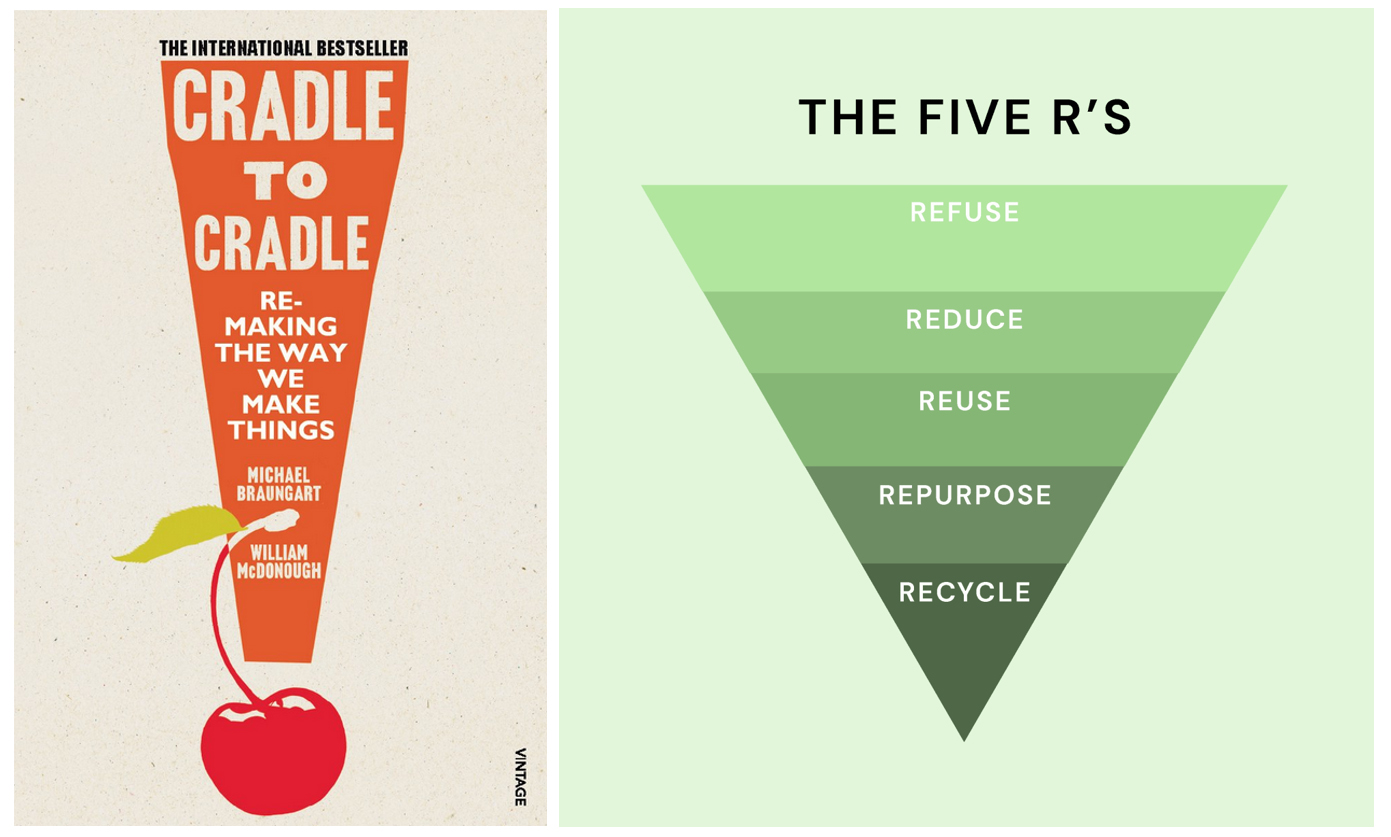| Tutor(s) | Johan Cordonnier (Coordinator), Kobe Stroobants, Jan Wurm, NN |
| Campus | Brussels |
| Language | English |
| Engagement | 2x Craftsmanship |
| Semester |
2 |
Description of the studio:
Aim
The Life Cycle Design Studio will explore the integrated design strategies to renovate, retrofit, renew and reprogram an existing building to create new spatial, social, ecological and economical qualities while preserving the vested resources for future generations.
Facts
Cities are collections of programmed structures. In Europe, buildings mainly have heavy loadbearing structures with high amounts of embedded carbon.
While the expectations and uses are permanently evolving, the structures often remain unchanged. 85% of buildings in the EU were built more than 20 years ago, and 85-95% are expected to be still standing in 2050. Their ability to adapt to new uses will determine their perennity: market places may become concert halls, factories may become museums, carparks may become cult places, etc.
However, the recent quest to drastically improve the energy performance of our buildings has led to a controversial discussion about demolition of a part of the building stock. While a vast amount of these building over time became part of the collective memory and identity, their partial or complete demolition may be considered in order to replace them by more energetically suitable buildings.
Context
This studio seeks for strategies to minimize the need for demolition and especially the creation of raw waste, while optimizing the use of carbon rich materials and energy.
The objective of the EU Renovation Wave is to “make the construction ecosystem fit to deliver sustainable renovation based on circular solutions, use and reuse of sustainable materials, and the integration of nature-based solutions”(1) . Brussels regional authorities are embracing this opportunity in their recent “Good living” (2) vision for the regional spatial development.
Framework
The different building layers (Stuart Brand) provide a framework for a design strategy. The structures of buildings in general outlive social and political systems. Almost 2/3 of all embodied carbon of existing structures is related to the primary structure. Retaining an existing building structure means extending the ‘depreciation period’ of the existing embodied carbon and delaying the carbon emissions associated with demolition and rebuilding. In contrary the building envelope, technical services and fit out could adapt to changing societal values, climate conditions, economic context, building regulations and technical progress. However, all interventions need to account for the consumption of materials, resources and related embodied carbon emissions in relation to net gain across the extended whole life building cycle.
Assignment
Based on a specific case study the studio examines the technical feasibility and conditions to preserve and reprogramme an existing building.
Team of 2 to 3 students will develop a design strategy for adapting, conversing and reconverting the building and its layers, proposing new uses, developing technical integrated solutions, and showcase the architectural qualities. The teams will systematically develop different options and scenarios to guide the evolution of the design strategy and proposal.
The studio considers the new uses of the building as a temporary. The construction may have been erected half a century ago. Today it’s being considered for new uses for the coming century. However, what would happen after? We assume that when that use is over, the primary structure is not at its end of life. If required, the design intervention will have to be dismantled and repurposed. The proposed intervention will be reversible.
In parallel, students will start by technically assessing the potential of proposed building and the requirements of the proposed new use. They will immediately make design proposals and confronting those to the possibilities the building offers. Week after week their proposals will be fueled by their technical discoveries about the building and the programme. The goal is to achieve a technically integrated and coherent design.
As architects, we are operating in the future. We are projecting what will be build in the next 10 years and used in the next 50. In order to be in line with the ambition we collectively set for our planet, the intervention should be carbon neutral, both in construction as in uses. Students will be requested to asses the carbon that will be removed, added and required during the operation of the building.
Expected output:
- A design strategy for the renewal and operation of the building, including reuse and eventual adaptation of the structure, retrofit of the skin and interiors and implementation of services in the building.
- A representative part of the complex developed in plans, sections, and elevations at scale 1/200.
- A developed part of the building skin (scale 1/20)
- A developed part of the interior intervention (scale 1/20)
- A strategy for end of life and future lifecycle extensions and renewals and/or disassembly
- A manual for the operation of the building maximizing comfort while minimizing operational carbon.
- Assessment: of embodied carbon
Time line:
Week 1: Excursion & Seminar:
- Site visit of the selected building
- Visit of the construction site of Kanal Centre Pompidou
- Lecture strategies applied in several reconversion projects
- The Brussels shifts, questioning demolition
week 2-5: Studio
Week 6: intermediate
Week 7-11: Studio
Week 12: Jury
References/Further reading:
- https://eur-lex.europa.eu/legal-content/EN/TXT/HTML/?uri=CELEX:52020DC0662
- https://cloud.urban.brussels/s/XFK9PZ93FyibRNF
- https://ellenmacarthurfoundation.org/articles/circular-buildings-toolkit
- https://vlaanderen-circulair.be/en/cases/detail/circular-retrofit-lab
- https://www.bamb2020.eu/topics/pilot-cases-in-bamb/retrofit-lab/
- https://www.eea.europa.eu/publications/building-renovation-where-circular-economy
- https://link.springer.com/book/10.1007/978-3-030-89836-6
- https://www.brusselsretrofitxl.be/projects/retroco/
- Building Better less different, Circular construction and circular economy, F. Heisel, D. E. Hebel, Birkhauser, basel, 2022, ISBN 978-3-0356-2109-9
- Adaptive Reuse in Architecture, Liliane Wong, ed. Birkhauser, Basel, 2023, ISBN 978-3-0356-2563-9

